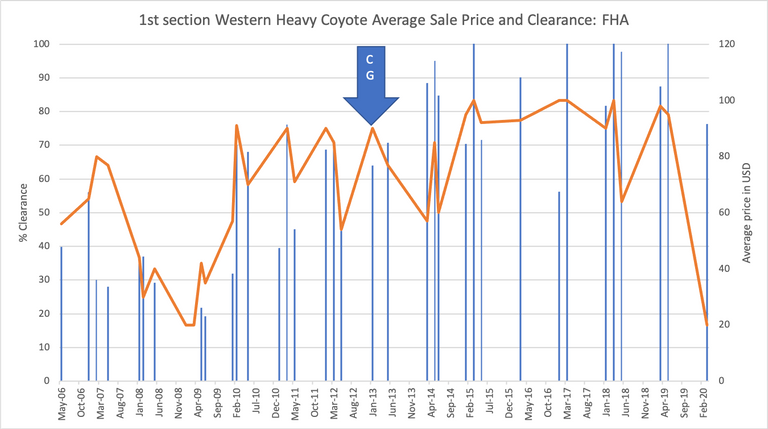The market for wild and ranch fur has been highly volatile over the last four centuries, with fortunes made and lost within a generation. It was a foundational industry for Western exploration and development of North America. So while we are used to the boom-and-bust cycle, the last year has had incredible upheaval.
Shock 1: death of ranch fur
Recently, the vast majority of fur is produced by ranchers with farmed mink and, to a lesser extent, fox. Like other commodities, overproduction in North America, Europe, and increasingly Asia over the last decade resulted in a glut of ranched fur. As the price of fur at auction went below cost for even the most efficient ranchers, farms began to "pelt out"and sell their breeding stock. This further contributed to oversupply and resulted in the December 2019 bankruptcy of North American Fur Auctions(NAFA), the heir to the 16th Century Hudson's Bay fur traders.
Shock 2: collapse of supply lines, free trade, and consumer demand due to COVID-19
China is both a larger consumer and producer of wild fur. With the pandemic, China banned importation of wild animal products, which appears to include fur. This left North American buyers holding large quantities of fur which were planned to be ship to China for the garment industry. With the demise of NAFA, Fur Harvesters Auction is the only wild fur auction house. However, their first sale was scheduled for late March 2020. Immediately before the sale, border restrictions in Canada were enacted and buyers could no longer travel to the auction. They held a virtual auction with a very low sale amount. They face an uncertain future.
Shock 3: Canada Goose and "sustainability" plans
Since 2013, the wild coyote market has been largely driven by the Canada Goose expedition parka fad. These coats, which retail >$1000, use a trim of wild coyote fur around the hood. This week, CG announced it would use "recycled" wild fur and stop purchasing newly produced fur.
As you can see, the sale price for coyote has risen about 30% since the Canada Goose trend began around 2013. When combined with the still not-sold glut of ranch fur and collapse of international markets, I would not be surprised by a price of $40 USD for Western heavy coyote, the highest quality fur, in 2021.

Orange line=% clearance during the FHA sale. Blue bar=average price
Note, 20% is an estimate when FHA summary reports "limited clearance"
Amazing to see how quickly things are changing especially in those fields we do not normally consider.
Posted Using LeoFinance
I can't even envision the macroeconomic changes due to all the changes in the last few months. But the small, daily moments I can. Thanks for stopping by.
Amazing to see how quickly things are changing especially in those fields we do not normally consider.
Posted Using LeoFinance